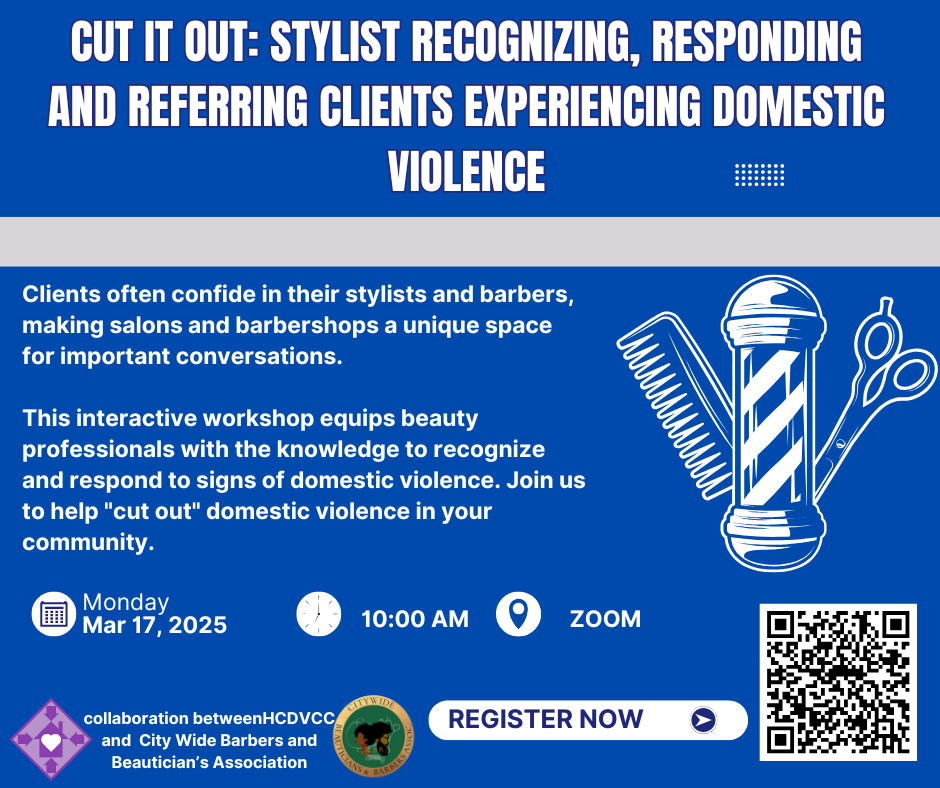Racism has been embedded within American culture for centuries and in turn the U.S. healthcare system. This has led to mental health inequities in the African American community over time. Despite the current popularization of addressing individual mental well-being, the African American population continues to suffer. Mental health remains less researched, resourced, and advocated for equitably within the African American community.
The healthcare system in the United States of America has often engaged with members of the African American community as experimental subjects rather than as patients deserving of respect and quality care. US history is littered with examples of this racist-driven treatment. From the utilization of involuntary institutionalization as a form of punishment to the Tuskegee experiment in 1932, the healthcare system has been another avenue through which African Americans have been oppressed. During slavery, mental health as an aspect of the African American population’s health was often denied or misused to justify further subjugation (“The Historical Roots of Racial Disparities in the Mental Health System.” Counseling Today, 2020.) Following the abolition of slavery, the provision of equitable health services (including mental health) for African Americans was not deemed a priority. This led to less research, advocacy, overall investment, and corresponding healthcare policies being enacted. All these factors could have helped address pre-existing and emerging mental health inequities. Today, we can observe the results of that neglect when peering at the lack of quality healthcare providers/facilities situated in communities with many African American residents, insufficient cultural competency training for future health care providers, etc.
Inaction and apathy rooted in racism have permitted this inattention to the mental health of African Americans to be observable on all socio-ecological levels. Although rates of mental illnesses in African Americans are similar to those of the general population, disparities exist regarding mental health care services (Primm A, 2010). According to the American Psychiatric Association’s Mental Health Facts for African Americans guide, “African Americans are less likely to receive guideline-consistent care, less frequently included in the research, and more likely to use emergency rooms or primary care (rather than mental health specialists)”. “Which has led to only one-in-three African Americans who need mental health care receives it” (Dalencour M, 2017). Many studies have highlighted how factors like health care provider bias, inequality in healthcare services have driven this health inequity.
Currently, we are experiencing a massive shift in our collective regard for mental well-being. The pandemic and social unrest have thrust our nation into a discourse about our nation’s values. This has included mental health. Many have had to recognize the past and resulting compound, vicarious, historical and, racial trauma experienced by many, particularly the African American populace. Healthcare is a social determinant of health and addressing the widespread health-related inequities plaguing the African American community is imperative. This is inclusive of mental health. To properly address the preexisting and growing psychological needs of African Americans, we must explore current research into innovative and culturally competent therapeutic frameworks and interventions.
One way to support black mental health is promoting access to culturally competent mental health services. This means providing care that is sensitive to the cultural and racial experiences of black individuals and ensuring that black individuals have access to therapists and other mental health professionals who understand and can address their specific needs.
Resources:
• Therapy for Black Girls
• Therapy for Black Men
• Black Men’s Health
• Find a Black Provider
Another way to support black mental health is by fostering safe spaces where individuals can openly discuss their experiences and emotions. This can be achieved through community-based initiatives, support groups, and online forums.
Resources:
• National Alliance of Mental Health
• Black Mental Health Alliance
• Black Millennial Mental Health
It is also important to invest in education and awareness programs that promote mental health literacy and encourage early intervention and treatment. This can include workshops, seminars, and community events that educate individuals on the signs and symptoms of mental illness, and how to access resources and support.
Resources:
• Black Mental Health, 988
• Mental Health First Aid
• Mental Health in the Black Community
• MHA of Greater Houston
• Take a free, confidential mental health screening
By working together, to amplify these spaces and resources we can break down the barriers to mental health care and create a brighter future for black individuals and families.
























